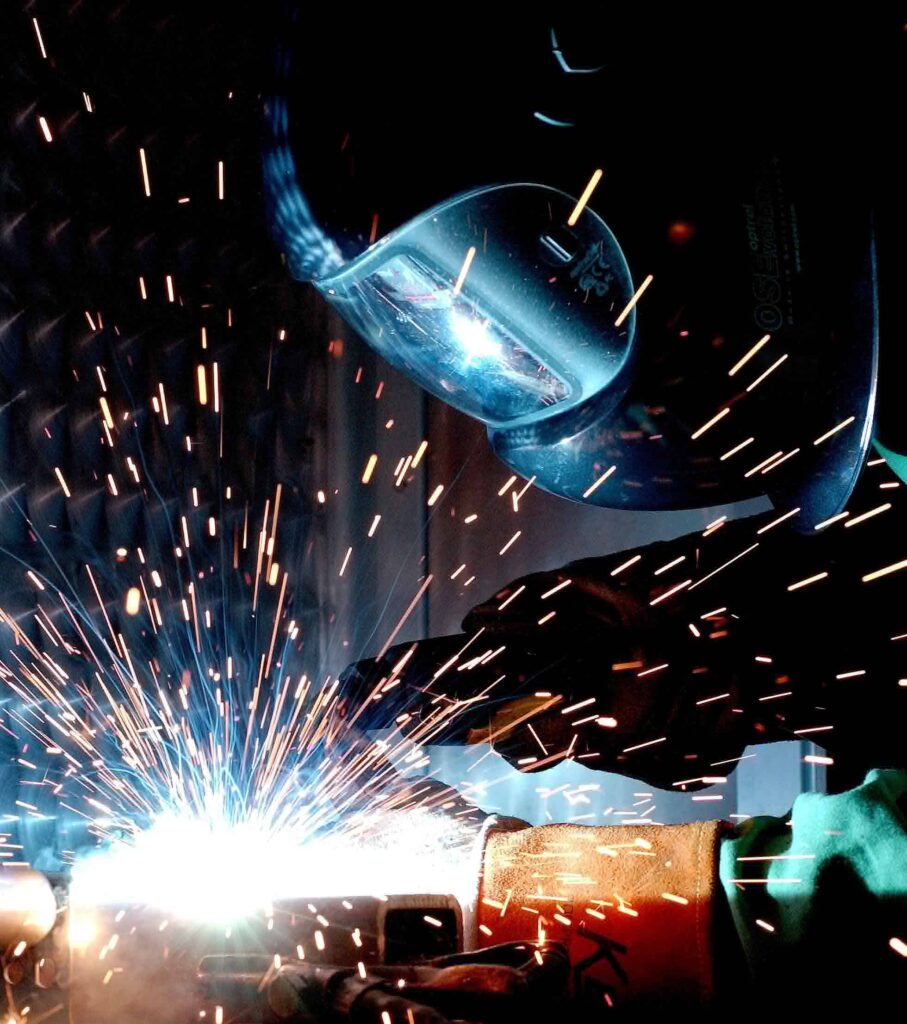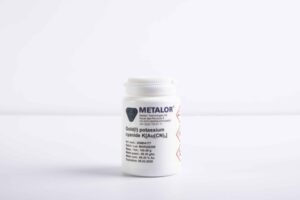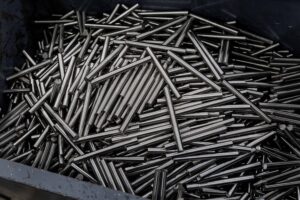Brazing is a metal joining process that uses a filler metal to join two or more base metals at a temperature above 450°C but below the melting point of the base metals. Unlike welding, which melts the base metal and filler metal to form a single solid piece, brazing creates a strong bond by flowing the filler metal into the gap between the base metals, creating a metallic bond. The resulting joint is strong and ductile, and often used in applications where high strength and flexibility are required.
Brazing is widely used in various industries, including the aerospace, automotive, electronic, and jewelry industries. Some common applications of brazing include:
- Aerospace industry: Brazing is commonly used in the aerospace industry to join parts made of high-strength metals, such as titanium and aluminum alloys.
- Automotive industry: Brazing is used in the automotive industry to join high-temperature, high-stress parts, such as engine components and transmission components.
- Electronic industry: Brazing is often used to join electronic components, such as heat sinks, resistors, and capacitors.
- Jewelry industry: Brazing is used in the jewelry industry to create strong and durable connections between metal parts, such as chains, pendants, and earrings.
When buying brazing products, it's important to consider the following:
- Type of base metal: The type of base metal being joined will dictate the type of filler metal used in the brazing process.
- Strength: The strength of the brazed joint depends on the type of filler metal used, the thickness of the filler metal, and the brazing temperature.
- Ductility: The ductility of the brazed joint is important for applications that require high flexibility and strength, such as jewelry and aerospace components.
- Compatibility: The filler metal and base metal should be compatible to ensure a strong and durable bond.
- Cost: The cost of brazing products depends on the type of filler metal used and the quantity purchased.
Brazing is a versatile metal joining process that provides strong and flexible bonds for a wide range of applications. When buying brazing products, it's important to consider the type of base metal, strength, ductility, compatibility, and cost.
References:
- "Brazing Basics" – American Welding Society.
- "Brazing and Soldering" – The Engineer Guy.
- "Brazing Alloys" – Lucas-Milhaupt.
- "Brazing Handbook" – The British Brazing & Soldering Association.




